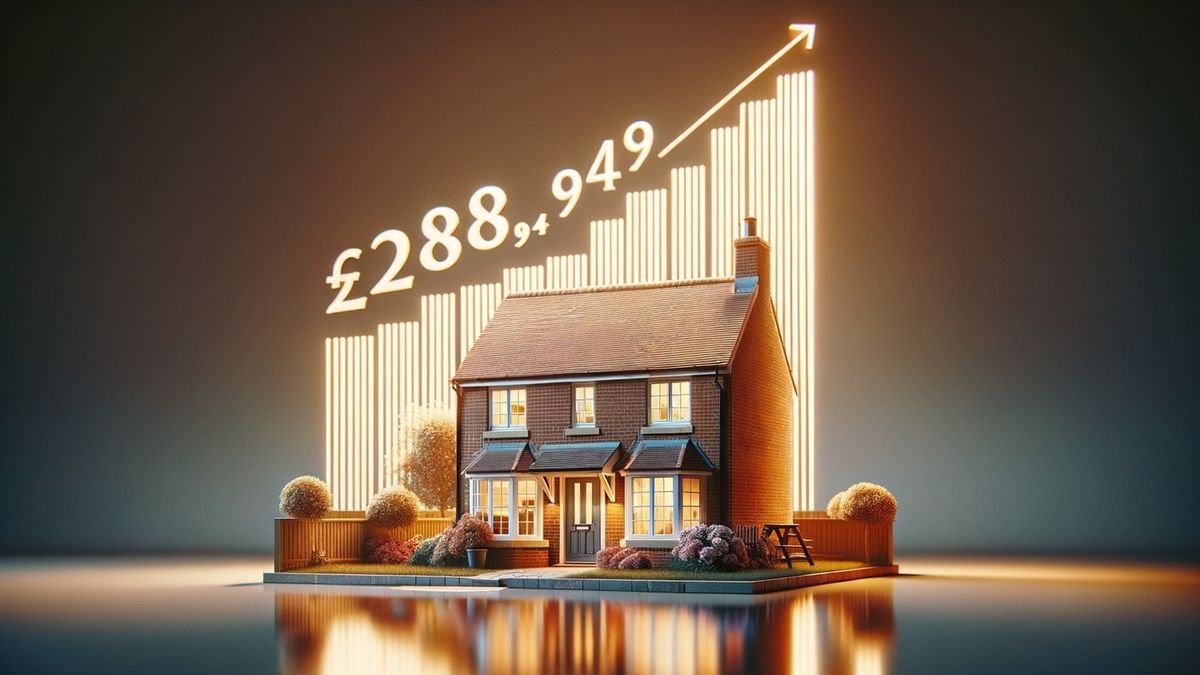While mortgage rates could potentially fall during a government shutdown, a prolonged break in government funding could complicate the mortgage process for many borrowers.

As the federal government nears its Sept. 30 funding deadline, a shutdown seems increasingly likely. And since the government and the broader economy are inextricably linked, a shutdown could affect borrowers seeking mortgages.
First, the good news: Mortgage rates sometimes fall during government shutdowns, says Colin Robertson, founder of The Truth About Mortgages, a blog that provides insight into the mortgage industry.
“Past government shutdowns have resulted in mortgage rates falling as investors sought the safety of bonds, with rates falling anywhere from (0.125 to 0.25 percentage points). So the 30-year fixed could fall from 6.375% currently to 6.25% or even 6.125%.”
However, it is not a given that mortgage rates will fall – and importantly, a government shutdown could also cause delays in mortgage processing and other disruptions in the housing sector.
Why mortgage rates could fall during a government shutdown
Many Americans believe the Federal Reserve sets mortgage rates, according to a US News survey released today. However, that is not true.
Mortgage lenders set the interest rates they charge. Long-term mortgage rates are influenced by a number of economic factors, which track the yield on 10-year Treasury bonds more closely than the federal funds rate. Simply put, bond yields (and thus mortgage rates) are higher when the economy is strong and lower when the economy is showing signs of weakness.
Investors tend to flee to the safety of bonds during times of economic uncertainty, which drives bond yields lower. However, mortgage rates “don’t consistently fall during a government shutdown,” says Anthony Smith, senior economist at Realtor.com. He points to two past shutdowns that led to different outcomes for mortgage rates:
The longest government shutdown lasted from December 22, 2018, to January 25, 2019 (a total of 35 days), and during that time frame, 30-year mortgage rates fell from 4.62% to 4.45%. Smith adds a caveat: “There was a pre-existing downtrend that began in mid-November 2018.”
The second shutdown, which lasted from October 1 to October 17, 2013 (a total of 16 days), saw mortgage rates rise from 4.22% to 4.28% during that time. After the shutdown ended, however, mortgage rates returned to the pre-existing downward trend.
“Overall, historical evidence suggests that shutdowns can produce short-term noise in mortgage rates, but lasting movements are driven by broader economic and policy forces,” Smith says.


